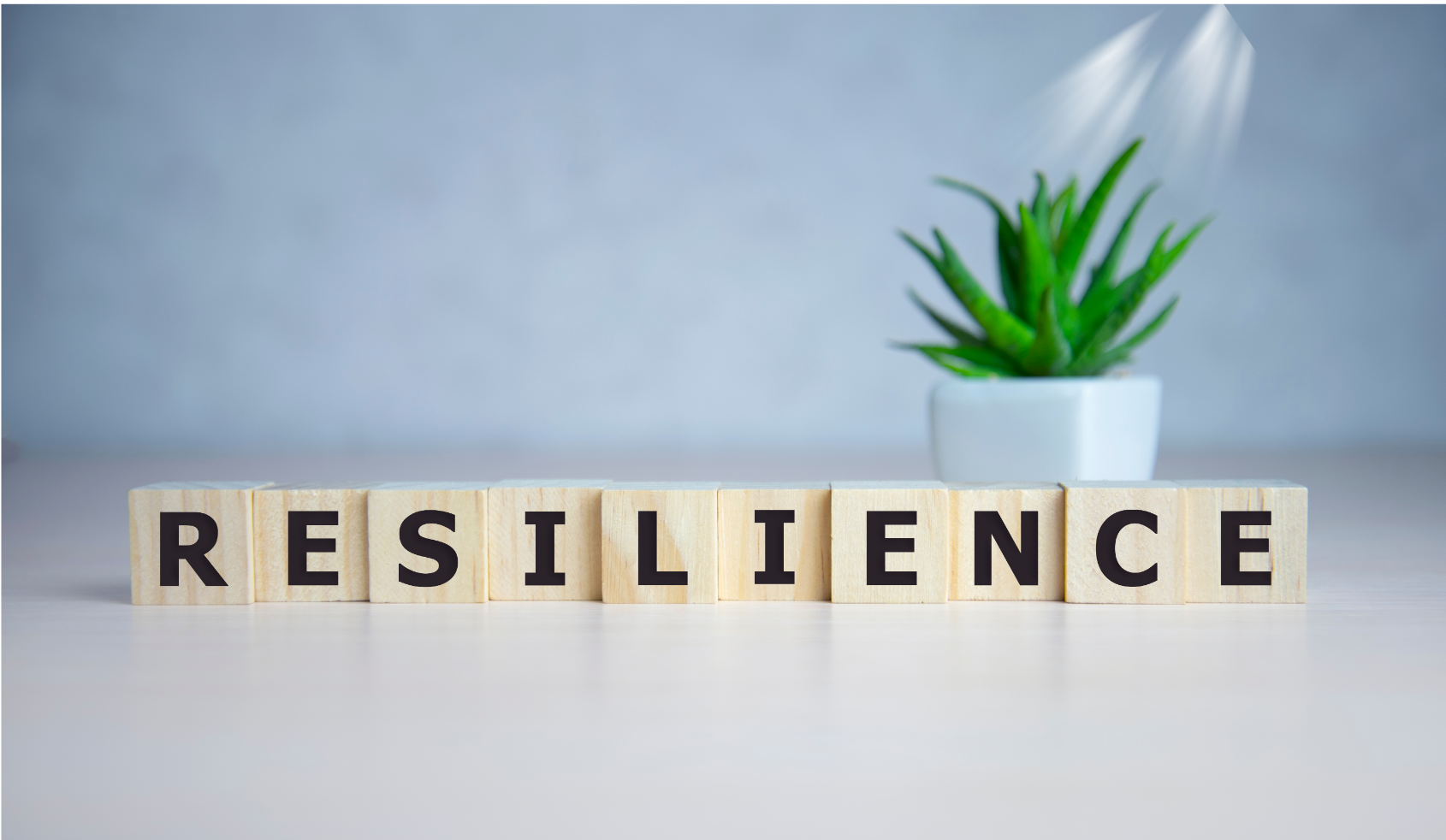
Resilience, often seen as the unsung hero in the face of adversity, is more than just bouncing back. It’s about bouncing forward—creating a stronger, wiser you after tough times. Not exactly a superpower, but pretty close, resilience is what keeps you grounded when everything else seems to fall apart.
When talking about facing setbacks, resilience plays a crucial role. It’s the lens through which we interpret failure and obstacles. And trust me, understanding resilience can set you on a path to not just recovery, but growth. This mental toughness helps you maintain a balance in your life despite dealing with storms. Heavy stuff, yeah? But also hugely empowering.
The 7 C’s of resilience offer a handy framework to break it all down. They include competence, confidence, connection, character, contribution, coping, and control. It’s a comprehensive toolkit to have in your back pocket when life throws curveballs.
What does resilience look like in action? Picture communities bouncing back from natural disasters or individuals overcoming personal loss to achieve amazing feats. These examples teach us that resilience isn’t some abstract concept but a living, breathing part of everyday life. The more we witness it, the more we can nurture it in ourselves.
Building Resilience: Strategies and Techniques
Creating resilience in your life starts with a mindset shift. It’s all about how you perceive setbacks. Seeing them not just as roadblocks but as setups for a comeback can make all the difference. This shift helps to maintain a positive outlook even when things get tough. Building Emotional Resilience Through Mindfulness
- A huge part of building resilience comes down to practical techniques. Have you ever heard of mindfulness or journaling? They’re not just buzzwords. Practices like these can help center your thoughts and provide clarity during chaos. It’s the simple stuff that keeps you grounded when life feels like it’s spinning out.
- Another key tip is to surround yourself with positivity. Engage with people who uplift you, and distance yourself from negativity. Community and connection can provide support where you least expect it. Your social circle either makes or breaks your resilience.
- When it comes to psychological resources, there’s a treasure trove out there. Therapy, for instance, isn’t just for dealing with ‘serious’ issues. It’s beneficial for anyone looking to understand their own patterns and how they respond to something challenging. Don’t skip out on these resources thinking they’re not for you.
Resilience isn’t built overnight, but every step—no matter how small—counts. With each mindful decision, you’re gearing up to handle life’s surprises more effectively.
The Seven C’s of Resilience: A Framework for Fortifying Your Spirit

The seven C’s of resilience provide a straightforward framework that’s easy to apply in daily life. Think of them as guiding principles that can help navigate life’s ups and downs.
- Competence: Is the first C, emphasizing the need to develop skills and knowledge in various areas. When you know what you’re capable of, facing challenges feels less daunting.
- Confidence: Ties strongly to competence. Building small successes can boost your self-esteem and inspire you to tackle larger challenges. It’s all about believing in your ability to conquer.
- Connection: Is another vital component. Humans are social beings—leaning on friends, family, and community can provide strength and a sense of belonging during hard times.
- Character: Involves integrity and making decisions based on values. This moral compass guides you through adversity, pushing you to act in ways that align with who you truly are.
- Contributions: Remind us of the importance of giving back. Helping others not only supports your community but also enriches your own sense of purpose.
- Coping: The ability to manage stress is essential in maintaining resilience. Developing healthy coping mechanisms—like exercising or meditating—can alleviate life’s pressures.
- Control: Relates to focusing on aspects within your reach. Letting go of circumstances you can’t change helps channel energy towards proactive solutions.
Integrating these seven elements isn’t about achieving perfection. Instead, it’s a holistic approach to steadily fortify your inner strength.
Resilience Through Adversity: Transforming Challenges into Growth Opportunities
One of the hallmarks of resilience is turning setbacks into stepping stones. Rather than seeing obstacles as dead ends, they’re reimagined as opportunities for growth. It’s about transforming adversity into an arena for learning and development.
Overcoming obstacles has a unique way of building resilience. Each challenge faced offers lessons that can be carried forward. It’s like strengthening a muscle; the more it’s used, the more robust it becomes.
Stories of people bouncing back from adversity are all around us. Whether it’s someone starting over after a job loss or recovering from a personal tragedy, these narratives highlight the human capacity to adapt and flourish.
Adaptability is at the core of resilience. It means staying flexible and open to change, tweaking plans when necessary, and thriving in new circumstances. It’s the key to not just surviving but thriving when faced with setbacks.
Supporting others on their resilience journeys creates a ripple effect. By sharing experiences and offering guidance, you can empower others to harness their strength. It builds a community of resilient individuals ready to face whatever life throws their way.
